More notes after three weeks of using the A73!
The A73’s ability to configure auto ISO and minimum shutter speeds is very thorough – way more so than what I get on Olympus or Panasonic m4/3s. Not only can I set minimum and maximum ISOs against minimum shutter speeds, there are options to the rate of ISO change against shutter speed – especially helpful if you’re an advocate of the 1/focal length shutter speed rule.
The A73 has been widely-regarded to be the new low-light champ, if DXOMark’s report is any indication. It scores a whooping a 3,730 in its low-light ISO test – compared to 2,956 on the Nikon D750 and 2,862 on the Canon EOS 6D Mark II, two of the camera’s closest competitors from CaNikon. On the E-M1, I typically set maximum ISO to 1600 and occasionally 3200 when I absolutely need to avoid reducing the shutter speed in lower light shots. On the A73, pictures are noticeably cleaner on ISO3200 and even 6400 that I’ve set the upper limit to the latter. These are just eyeballed conclusions though. Entirely non-scientific. I don’t have the expertise, tools or inclination to do technical tests on cameras – there are plenty of other places one can go to to peer at shots of brick walls, straight lines, color charts and the like.
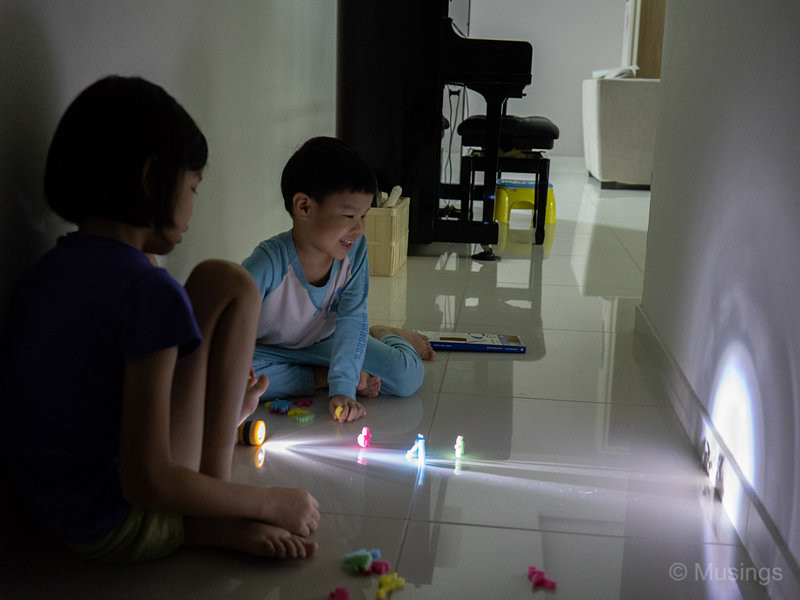
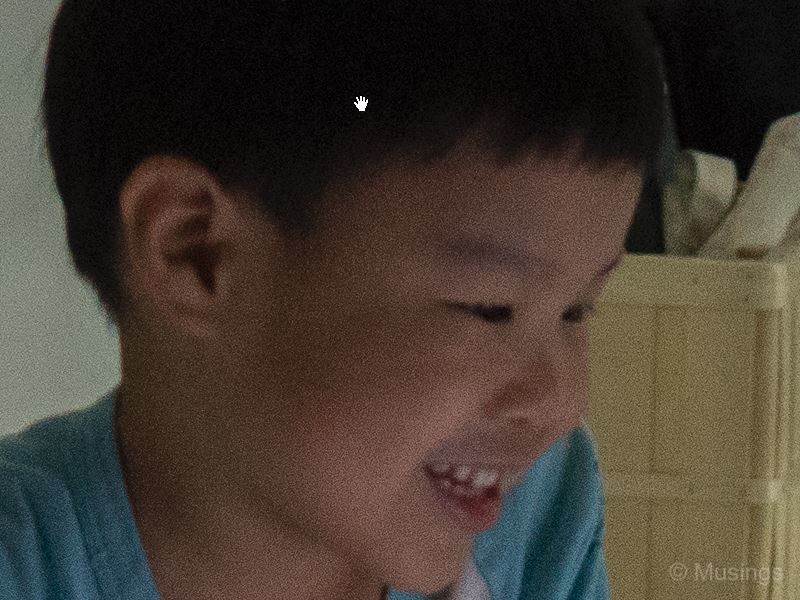
The ability to set the four custom buttons (C1, C2 etc.) to different features is helpful too. I couldn’t find in the camera menus options to customize the front or rear dials though – if such is even possible. So, in aperture-priority mode, both seem to be fixed to only changing f-stop values. I’d rather one dial does that, and the other permits quick ISO changes (yes you can use the back control wheel for that, but the placement of that wheel is less convenient).
Bluetooth connectivity with the smartphone is really nifty, and a new feature for me (neither the E-M1 and GX85 has this). I’ve always found setting up in-camera WIFI for smartphone remote control to be fiddly – much worse on the GX85 than E-M1 for sure. The A73 permits low-power Bluetooth connectivity that requires no resetting-up when I need to enable it. Better still is the automatic timezone-sync. I’ve lost count of the number of times when I forget to change time zones on my cameras when I travel, and have them changed back to Singapore timing upon returning home – necessitating software like EXIF Date Changer just to fix the file meta-information.
On the other hand, Sony’s smartphone app – PlayMemories – is pretty gimped. Both Panasonic and Olympus’ smartphone apps provide a wide range of remote control options: including the touch AF. PlayMemories has no such facility: you can amend ISO and aperture settings yes, but there’s no apparent way to adjust focusing point or focusing mode. Huh?!?! A significant advantage of using a smartphone remote control is to be able to adjust the AF point exactly – e.g. when I use it for our extended family photos. And to top things off, the app is laggy.
I shoot in RAW exclusively, but also make extensive use of the RAW images’ embedded JPGs. Not just to check for framing, but also whether AF is spot-on and that the picture is a keeper for further editing in Photoshop or Lightroom. I really appreciate the embedded full-sized JPGs in the Olympus and Panasonic m4/3 cameras, even if they do drive up the size of the RAW file itself. The embedded JPGs for the A73 on the other hand are fairly low-resolution – and they’re useful only to check image composition and not AF. Not a deal-breaker by any stretch, but my workflow load has increased because of this: I now have to import all pictures into Lightroom and individually screen each one for focusing point.
Yeah the A73 finally gets a touchscreen – but hiss-boo the implementation of it is terrible! There’s touchscreen AF, but it’s also half-cooked: you touch to set the focusing point… and that’s it. I still need to press the shutter release button to actually focus (at that point) and release. There’s no option to touch = focus + release. Granted, Sony is still new to touchscreens on its A7 cameras, but this is a giant working with well-established technologies that other camera systems have put into their own models and improved through numerous generations.
The lens release button on Sony A7 bodies is in the roughly 8 o’clock position of the mount. That’s in contrast to the 3 o’clock position on the E-M1 and I can routinely remove lenses on the Olympus m4/3 using just one hand. Dismounting a lens on the A73 is a more involved effort, as there’s barely enough clearance between the left side of a thick lens and the grip for me – necessitating the use of both hands – one to press the lens release button and steady the camera, and another to actually twist the lens out of the mount. Or maybe this will be something I’ll get used to over time.
The viewfinder magnification on the A73 is 0.78x – compared to 0.74x on the E-M1. Normally, I’m all for viewfinders with high magnifications. But in the A73’s case – and I never thought there would be a day I’d say this – the magnification is too high for me. Peering through the A73’s viewfinder, I can make-out the bottom row of imaging parameters and about 90% of the composition – and without deliberately panning my eye upwards, I can’t see the top bit of viewfinder and the top row of parameters – which include recorded image type (e.g. RAW, JPG), storage space left, aspect ratio, and battery level. Fortunately, I always shoot in RAW, the 128GB Samsung Evo Select has sufficient space for about 7,000 RAW images, the 3:2 aspect ratio is actually determined by image type, and the FZ100 battery the A73 uses is an Energizer bunny. So all good still – I guess!
I still haven’t had the chance to really test the wider dynamic range offered on the A73 to its limits. But here are two quick examples first: a shot of balcony plants on a hot and sunny weekend afternoon. Left is the original, and right is edited to taste (Exposure +0.1, Contrasts +15, Highlights -100, Shadows +49, Whites +38, Saturation +9):
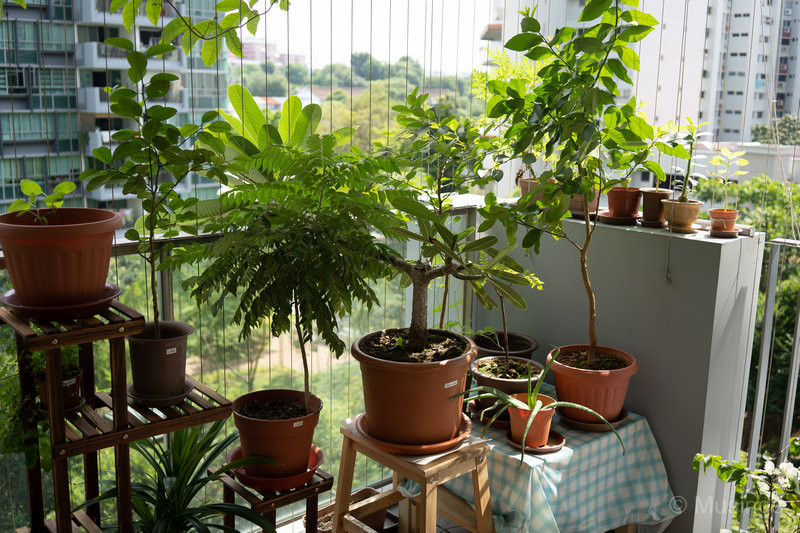
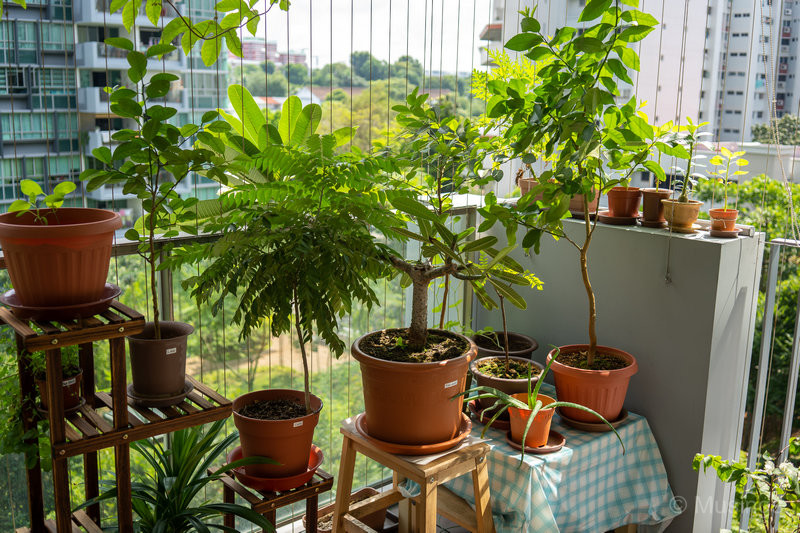
A shot of the kids’ bedroom at around 9PM. The only light sources were from outside their room from the opposite apartment block, and a little ambient light from the corridor. Left is the original , and right is edited to show just how far I can recover details (Exposure +1.3, Highlights -100, Shadows -40, Whites +75, Blacks +5, Clarity +10, Saturation +5 – and a small amount of noise reduction applied too):
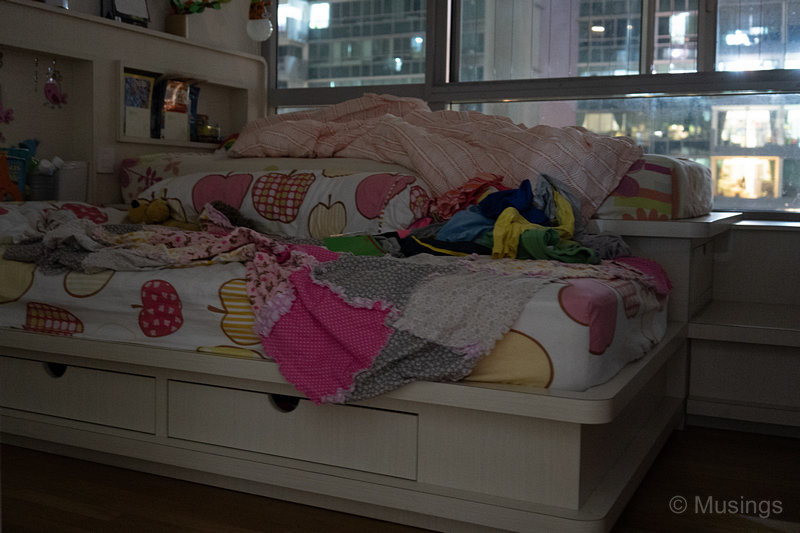
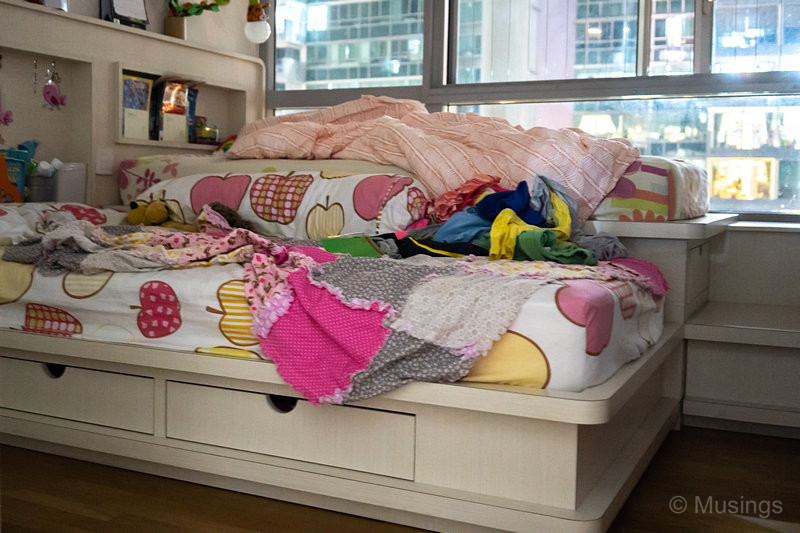
And a last one to show how more mileage I can get for human subjects. The picture on the left was a misfire – the shutter was released before the TT685S had fully charged to also release its output. The right is edited with just Exposure +2.5. One would had been hard pressed to guess that the right picture was actually underexposed out of the camera:
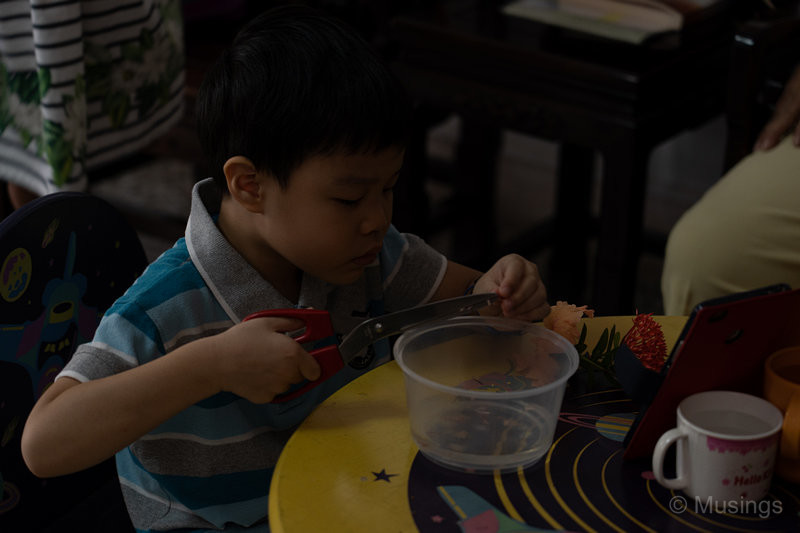
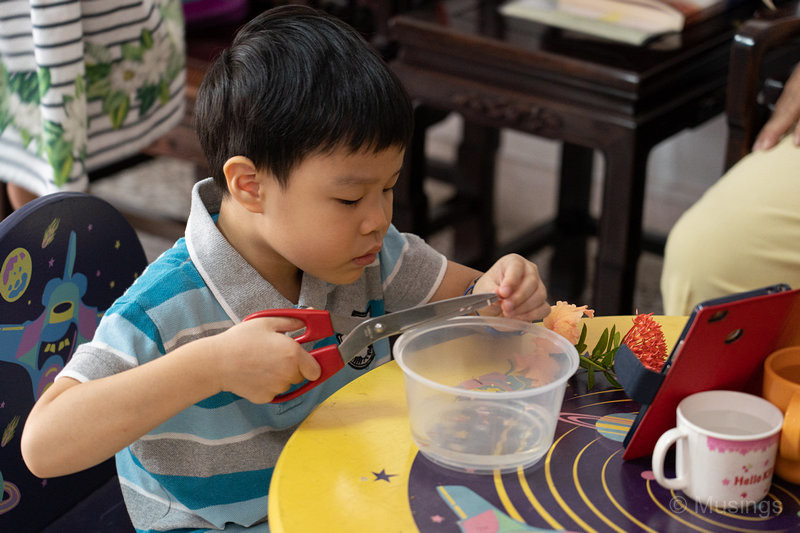
That pretty much sums up my first comments of the A73. At this point, I’ve taken a few thousand pictures with it – but the real test for it will be during our upcoming Bali trip in June. Only two lenses for the trip have been acquired at this point – the Samyang 35mm f2.8 and Sony FE 24-105mm f4 – with the Tamron 70-200mm f2.8 backordered, and a wide-angle Sony FE 16-35mm f4 still in consideration. It’s not a perfect camera by any measure. Most of the comments here are really fairly minor annoyances that I’ll find workarounds for – like the gimped Smartphone app – though the fairly low resolution and magnification ratio is probably something that I’ll be reminded of every time I peer through the EVF.
Is it the best camera I’ve ever used? That’ll be a really tough-call between the E-M1 and this A73. The E-M1 has better handling, very good AF, a superb EVF, more compact lenses and the pair of f2.8 Pros I regularly use and get stellar results. The A73 can better sustain itself in shooting (given its huge battery), even better AF, noticeably better noise control when I drive up the ISO. But in return, I’ll have to deal with larger and heavier zoom lenses, and shallow depth of field.
On balance, I reckon both cameras to be on par. I don’t think the A73 is for every level of enthusiast though: the m4/3 system is still more compact, more forgiving, and very high quality lenses can be had for it at relatively affordable prices. And I honestly can’t tell the difference, image quality-wise, when pictures are taken in good light or under ISO1600. The A73 is a more complex camera if you take Sony’s marketing hype of it being an ‘entry-level’ camera and compare it against likewise equivalents in the m4/3 family, the entire package is heavier, bulkier and generally more costly. The improvements are largely coming only if you’re willing to invest the necessary time it takes to learn how to work the various AF modes to your best advantage, can deal with shallower depth of field, and can justify the very large expense involved for full-frame lenses. The A73 gets an easy recommendation from me if you’re a serious photography enthusiast, and alongside the E-M1, I rate the A73 as one of the two best digital cameras I’ve used now.
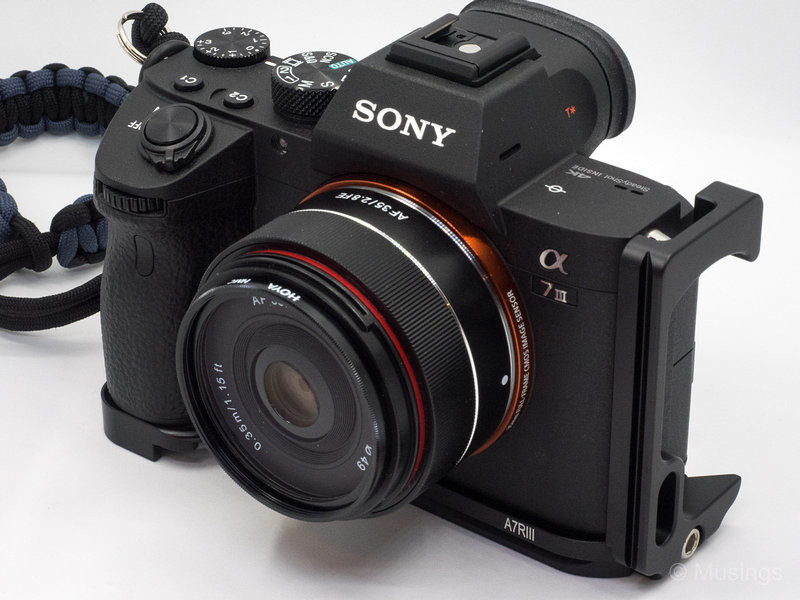
The series of Sony A7 III posts:
Sony A7 III – Part 1 – Journey to Alpha-verse
Sony A7 III – Part 2 – Lens Sense Making
Sony A7 III – Part 3 – Early Impressions
Sony A7 III – Part 5 – Reaccessorising
Sony A7 III – Part 6 – Early Impressions (Continued)
Recent comments